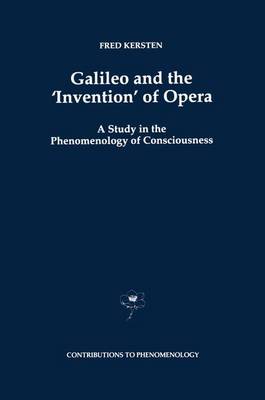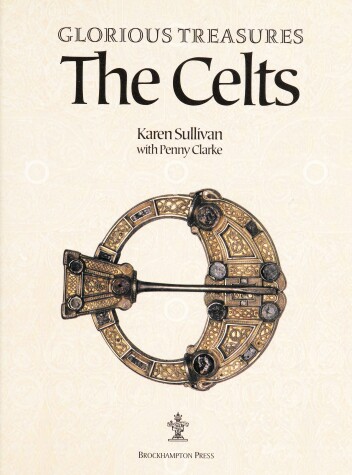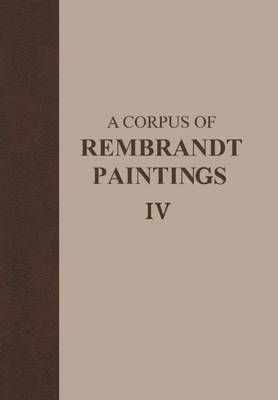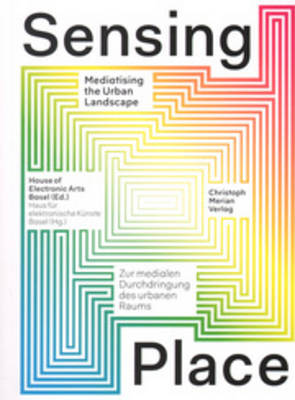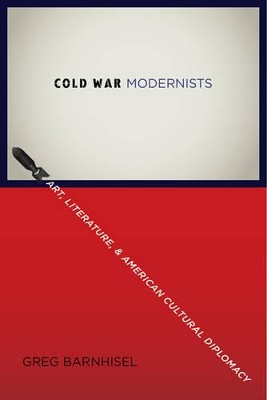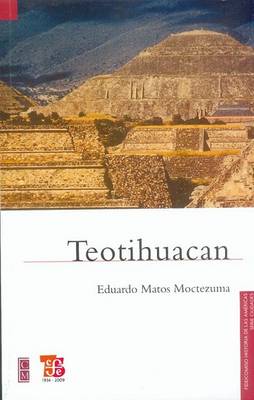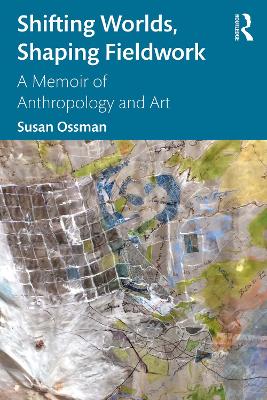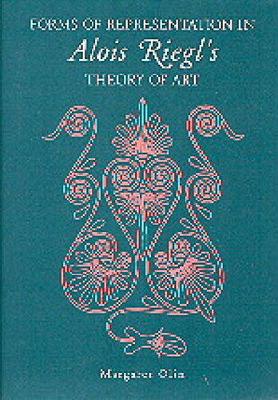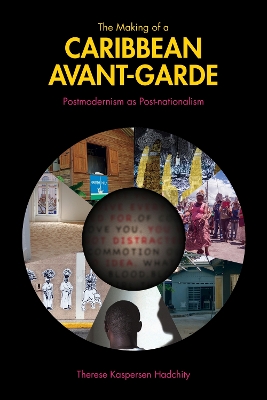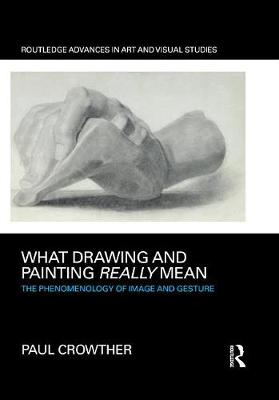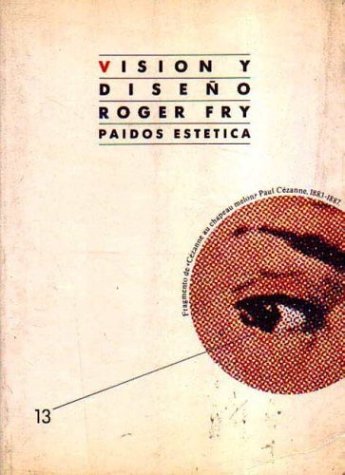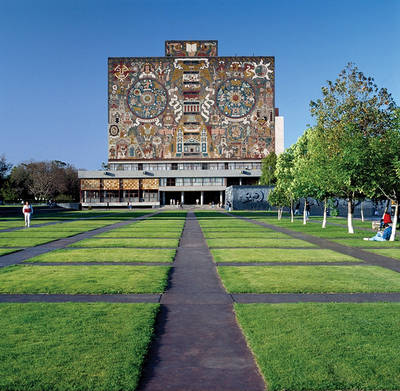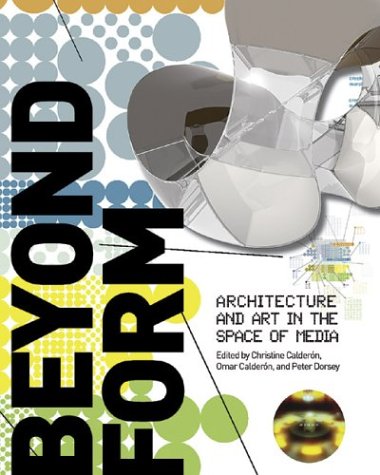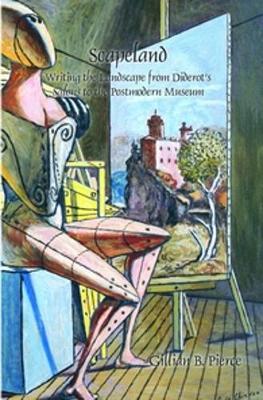Galileo and the 'Invention' of Opera (Contributions to Phenomenology, #29)
by F. Kersten
Intended for scholars in the fields of philosophy, history of science and music, this book examines the legacy of the historical coincidence of the emergence of science and opera in the early modern period. But instead of regarding them as finished products or examining their genesis, or `common ground', or `parallel' ideas, opera and science are explored by a phenomenology of the formulations of consciousness (Gurwitsch) as compossible tasks to be accomplished in common (Schutz) which sh...
Glorious Treasures (Glorious treasures)
by Karen Sullivan and Penny Clarke
A Corpus of Rembrandt Paintings IV (Rembrandt Research Project Foundation, #4)
Volume IV of A Corpus of Rembrandt Paintings deals uniquely with the self-portraits of Rembrandt. In a clearly written explanatory style the head of the Rembrandt Research Project and Editor of this Volume, Ernst van de Wetering, discusses the full body of work of paintings and etchings portraying Rembrandt. He sets the different parameters for accepting or rejecting a Rembrandt self-portrait as such, whilst also discussing the exact working environment of Rembrandt and his apprentices. This wor...
European intellectuals of the 1950s dismissed American culture as nothing more than cowboy movies and the A-bomb. In response, American cultural diplomats tried to show that the United States had something to offer beyond military might and commercial exploitation. Through literary magazines, traveling art exhibits, touring musical shows, radio programs, book translations, and conferences, they deployed the revolutionary aesthetics of modernism to prove-particularly to the leftists whose Cold Wa...
Teotihuacan (Fideicomiso Historia de las Americas: Ciudades)
by Eduardo Matos Moctezuma
Making tangible connections between theory and practice, ideas and form, this book encourages debate about the artistic, conceptual, and cultural significance of the way things look. What are the metaphysical concepts at the heart of design education, theory, and philosophy? Why do we assume that design is impossible to teach? This book challenges the traditional foundations of perception and takes an imaginative, radical approach, setting itself apart from the traditions of analytical philosoph...
Reflecting on fieldwork for the twenty-first century, anthropologist and artist Susan Ossman invites readers on a journey across North Africa, Europe, the Middle East, and North America. She reveals that fieldwork today is not only about being immersed in a place or culture; instead, it is an active way of focusing attention and engendering encounters and experiences. She conceives a new kind of autoethnography, making art and ethnography equal partners to follow three "waves" of her research on...
Alois Riegl (1858 1905) made pioneering contributions to the history of late Roman, seventeenth-century Dutch, and Baroque art. His impact on scholars, however, extended beyond art-historical circles into the fields of art theory, psychology, sociology, literary criticism, and philosophy. Margaret Olin utilizes extensive archival material and the entire range of Riegl s published writings to locate his theory of representation in the Viennese and wider European intellectual context of the late n...
The Making of a Caribbean Avant-Garde (Comparative Cultural Studies)
by Therese Kaspersen Hadchity
Focusing on the Anglophone Caribbean, The Making of a Caribbean Avant-Garde describes the rise and gradual consolidation of the visual arts avant-garde, which came to local and international attention in the 1990s. The book is centered on the critical and aesthetic strategies employed by this avant-garde to repudiate the previous generation's commitment to modernism and anti-colonialism. In three sections, it highlights the many converging factors, which have pushed this avant-garde to the foref...
What Drawing and Painting Really Mean (Routledge Advances in Art and Visual Studies)
by Paul Crowther
There are as many meanings to drawing and painting as there are cultural contexts for them to exist in. But this is not the end of the story. Drawings and paintings are made, and in their making embody unique meanings that transform our perception of space-time and sense of finitude. These meanings have not been addressed by art history or visual studies hitherto, and have only been considered indirectly by philosophers (mainly in the phenomenological tradition). If these intrinsic meanings are...
This book aims to provide a wealth of visual imagery for ideas and inspiration. This collection of amazing images has been gathered over the last 10 years, showing details of surface textures of everything from rust and wood to lichen and old sails, and has been divided up into themes to make it more accessible. The author has captured fascinating aspects of both natural and man-made things otherwise overlooked, showing the reader their hidden qualities. Elements of skips, old paint, driftwood a...
Scapeland: Writing the Landscape from Diderot's Salons to the Postmodern Museum is a comparative, interdisciplinary study tracing theories of the sublime and a history of spectatorship from Diderot's eighteenth-century French Salons, through art criticism by Baudelaire and Breton, to Jean-Francois Lyotard's postmodern exhibition Les Immateriaux. In the Salons, an exploration of the painted landscape becomes an encounter with both the limits of representation and the infinite possibilities of fic...
Nineteenth-Century Theories of Art (California Studies in the History of Art, #24)
by Joshua C. Taylor
